II. Craft
To build is to weave
I: What is Design?
Craft and (Radical) Architecture
Architecture IV
Craft
Architecture IV
I: What is Design?
Architecture IV
II: Craft
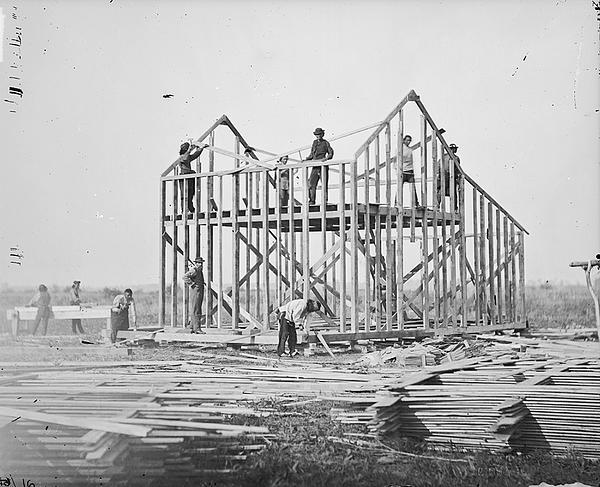
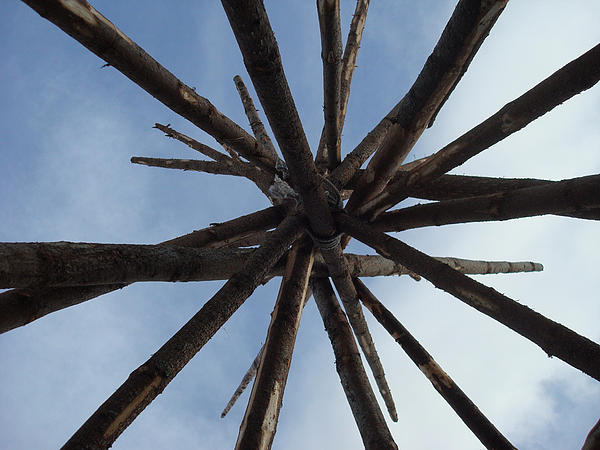
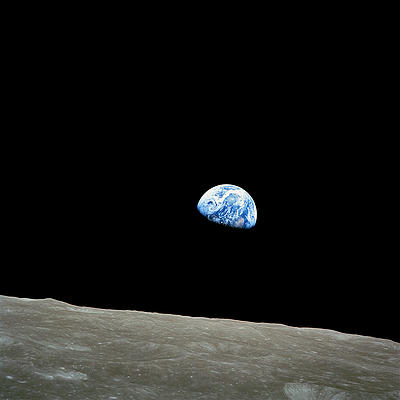
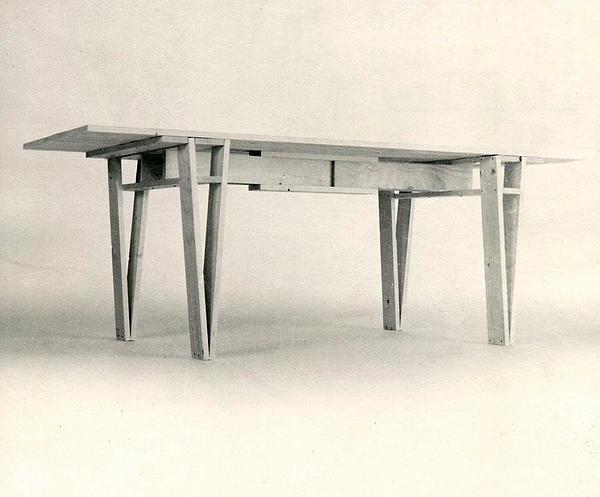
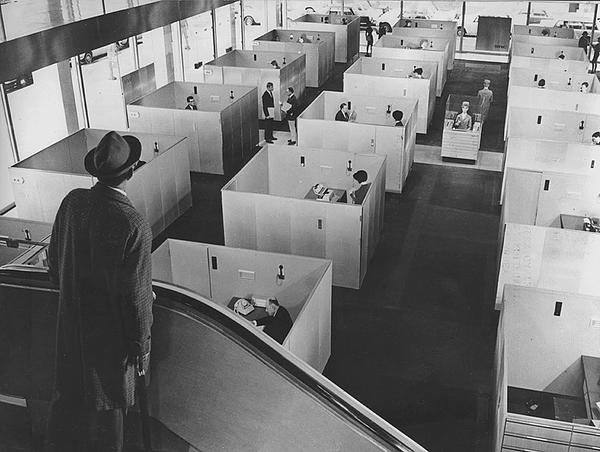

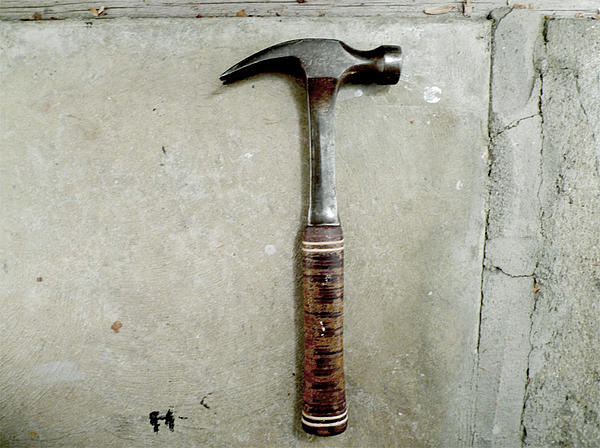


Architecture IV
Studio Tom Emerson
Tuesday 17.02.15 8:15am
HIL E3
Further Reading
Michel Houllebecq, The Map and the Territory
William Morris, News From Nowhere
Richard Sennett, The Craftsman
Professor Timothy Ingold
Architecture viii
Studio Tom Emerson
24 April 2012, hil e4, 8–10am
Professor Tim Ingold is Chair of Social Anthropology at the University of Aberdeen. He is a fellow of the British Academy and of the Royal Society of Edinburgh. Taking an unconventional approach to anthropology he is looking at ways of bringing it together with architecture, archaeology and art and their mutually enhancing ways of engaging with our surroundings.
His bibliography includes Perception of the Environment: Essays in Livelihood, Dwelling and Skill (2000). Lines: A Brief History (2007), Creativity and Cultural Improvisation (with Elizabeth Hallam, 2007), Being Alive: Essays on Movement, Knowledge and Description, (2011).
Professor Tim Ingold’s full biography
Dr. Catharine Rossi is a Senior Lecturer in Design History at Kingston University, London where her research specialisms include 20th and 21st century Italian design, the relationship between design and craft and ethically engaged approaches to design past and present.
The curator of Space Electronic: Then and Now at the 2014 Venice Architecture Biennale, she has co-edited The Italian Avant-Garde: 1968–1976 (Sternberg Press, 2013), contributed to publications including the V&A's Postmodernism: Style and Subversion 1970–1990 (2011) and La Moda: The Glamour of Italian Fashion 1945–2014 (2014), is the author of Crafting Design in Italy: From Post-War to Postmodernism (Manchester University Press, forthcoming) and is a regular contributor to magazines including Crafts, Disegno and Domus.
Architecture IV
Studio Tom Emerson
Tuesdays 8:15am
HIL E3
The first four lectures are a quartet providing the thematic introduction to the rest of the course. They draw upon diverse sources — from architecture, anthropology, history and culture — and serve as reflections on design, skill, craftsmanship and nature: broadly the context in which we practice architecture today.
The six lectures that follow are a series of more in-depth case studies from the long twentieth century. They focus on particular architects and places, exploring how the making of the city can be described in making and construction, just as much as by the history of urban design. The final lecture on the Picturesque — and ultimately our place within nature — brings the series to a close.
It may quite simply be an anthropology of architecture. But in this case, one not written by anthropologists but by architects. It is about being modern and pre-modern. It is about being local and globalized. It is about material, culture and skill. As a whole, the series will make you reflect on larger issues to do with how we construct the world.
Course Schedule
I: What is Design?
Tuesday 17th February
II: Craft
Tuesday 24th February
III. Mies Makes
Tuesday 3rd March
IV: Bricolage
Tuesday 10th March
V: Plecnik in Ljubliana
Tuesday 24th March
VI: Stirling's Arrows
Prof Dr Laurent Stalder
Tuesday 31st March
VII: Crafting Design in Post-war Italy
Dr Catharine Rossi
Tuesday 14th April
VIII: Real Estate Opportunities: Frank Gehry & LA
Tuesday 21st April
IX: Dirty Old River: London (Part I)
Tuesday 28th April
X: Lina Bo Bardi
Nicholas Lobo Brennan
Tuesday 12th May
XI: Dirty Old River: London (Part II)
Tuesday 19th May
Architecture IV
Studio Tom Emerson
Tuesday 17.02.15 8:15am
HIL E3
Further Reading
Tim Ingold, Making
Tim Ingold, The Perception of the Environment
Bruno Latour, We Have Never Been Modern
Claude Levi-Strauss, The Savage Mind
David Pye, The Nature and Aesthetics of Design
David Pye, The Nature and Art of Workmanship
Further Viewing
Stanley Kubrick, Barry Lyndon
Sergei Bondarchuk, Waterloo
Tom Emerson on craft, the pilgrim fathers, square cuts, Gehry and why things shouldn’t be done too well.
Architecture viii
Studio Tom Emerson
22 February 2011, hil E6, 8–10am
Architecture IV
Studio Tom Emerson
Tuesdays 8:15am
HIL E3
The first four lectures are a quartet providing the thematic introduction to the rest of the course. They draw upon diverse sources — from architecture, anthropology, history and culture — and serve as reflections on design, skill, craftsmanship and nature: broadly the context in which we practice architecture today.
The six lectures that follow are a series of more in-depth case studies from the long twentieth century. They focus on particular architects and places, exploring how the making of the city can be described in making and construction, just as much as by the history of urban design. The final lecture on the Picturesque — and ultimately our place within nature — brings the series to a close.
It may quite simply be an anthropology of architecture. But in this case, one not written by anthropologists but by architects. It is about being modern and pre-modern. It is about being local and globalized. It is about material, culture and skill. As a whole, the series will make you reflect on larger issues to do with how we construct the world.
Course Schedule
I: What is Design?
Tuesday 17th February
II: Craft
Tuesday 24th February
III. Mies Makes
Tuesday 3rd March
IV: Bricolage
Tuesday 10th March
V: Plecnik in Ljubliana
Tuesday 24th March
VI: Stirling's Arrows
Prof Dr Laurent Stalder
Tuesday 31st March
VII: Crafting Design in Post-war Italy
Dr Catharine Rossi
Tuesday 14th April
VIII: Real Estate Opportunities: Frank Gehry & LA
Tuesday 21st April
IX: Dirty Old River: London (Part I)
Tuesday 28th April
X: Lina Bo Bardi
Nicholas Lobo Brennan
Tuesday 12th May
XI: Dirty Old River: London (Part II)
Tuesday 19th May
Architecture IV
Studio Tom Emerson
Tuesdays 8:15am
HIL E3
The first four lectures are a quartet providing the thematic introduction to the rest of the course. They draw upon diverse sources — from architecture, anthropology, history and culture — and serve as reflections on design, skill, craftsmanship and nature: broadly the context in which we practice architecture today.
The six lectures that follow are a series of more in-depth case studies from the long twentieth century. They focus on particular architects and places, exploring how the making of the city can be described in making and construction, just as much as by the history of urban design. The final lecture on the Picturesque — and ultimately our place within nature — brings the series to a close.
It may quite simply be an anthropology of architecture. But in this case, one not written by anthropologists but by architects. It is about being modern and pre-modern. It is about being local and globalized. It is about material, culture and skill. As a whole, the series will make you reflect on larger issues to do with how we construct the world.
Course Schedule
I: What is Design?
Tuesday 17th February
II: Craft
Tuesday 24th February
III. Mies Makes
Tuesday 3rd March
IV: Bricolage
Tuesday 10th March
V: Plecnik in Ljubliana
Tuesday 24th March
VI: Stirling's Arrows
Prof Dr Laurent Stalder
Tuesday 31st March
VII: Crafting Design in Post-war Italy
Dr Catharine Rossi
Tuesday 14th April
VIII: Real Estate Opportunities: Frank Gehry & LA
Tuesday 21st April
IX: Dirty Old River: London (Part I)
Tuesday 28th April
X: Lina Bo Bardi
Nicholas Lobo Brennan
Tuesday 12th May
XI: Dirty Old River: London (Part II)
Tuesday 19th May
Architecture IV
Studio Tom Emerson
Tuesday 17.02.15 8:15am
HIL E3
Further Reading
Tim Ingold, Making
Tim Ingold, The Perception of the Environment
Bruno Latour, We Have Never Been Modern
Claude Levi-Strauss, The Savage Mind
David Pye, The Nature and Aesthetics of Design
David Pye, The Nature and Art of Workmanship
Further Viewing
Stanley Kubrick, Barry Lyndon
Sergei Bondarchuk, Waterloo